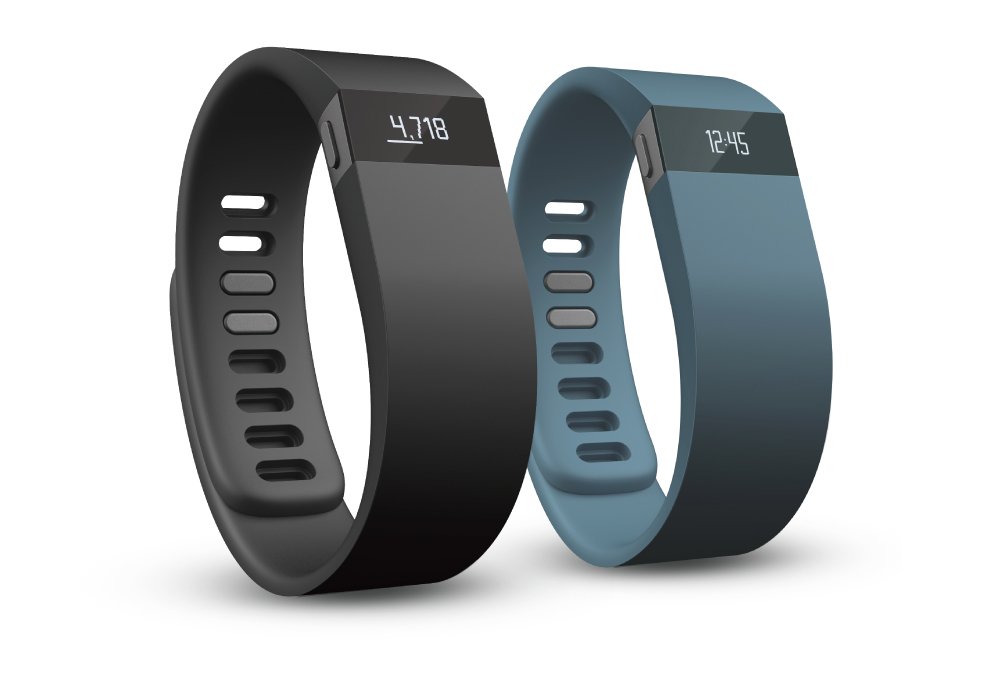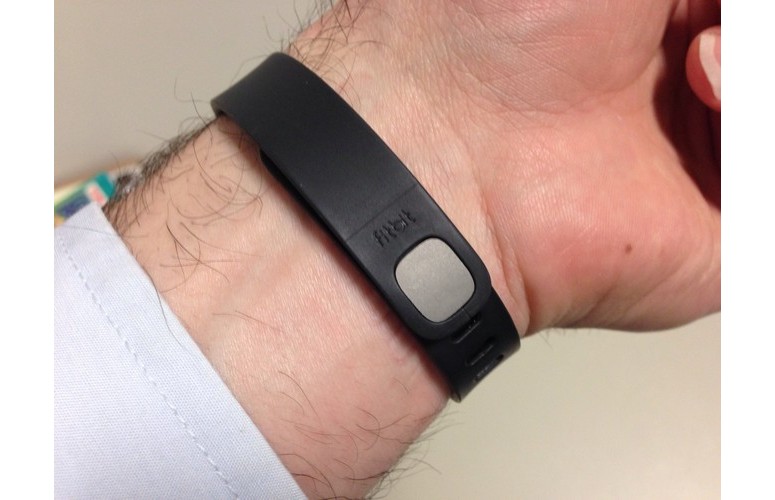Fitbit Force vs. Fitbit Flex: Head-to-Head Fitness Tracker Comparison

Editorial note: The Fitbit Force has been discontinued and recalled, after a small number of people experienced skin irritation while wearing it. The Fitbit Flex has also been discontinued and replaced by newer models You can still find the Flex on some reselling sites, but we'd recommend looking through our list of the best Fitbits or best fitness trackers if you're looking for a new wearable.
The Fitbit Force and the Fitbit Flex are two of the fitness trackers — which measure your daily amounts of exercise, calories consumed and sleep — available this holiday season, but how do they stack up against each other? The Force, which is the newer of the two trackers, costs about $30 more than the Flex, but it does have its benefits. Here is a head-to-head review of how the two trackers performed in several areas:
Design/Comfort:
The Fitbit Flex and the Force both have the same issue regarding putting the band on your wrist: It's quite difficult to secure the latch in place, but it does stretch a bit over time, making it easier to use.
The Flex's display has five LED dots, representing 20 percent increments, to show how close you are to meeting your goals. This is an easy way of seeing how you're generally doing throughout the day; however, you need to open the free app on your smartphone to see specific information, such as the number of steps you've walked or calories you've burned.
In contrast, the display screen on the Fitbit Force band provides a lot of information. You can click through the number of miles walked, calories burned and stairs climbed by using a small button on the side of the Force, all without having to look at your phone. [Best Fitness Tracker Bands]
The Flex comes in a variety of colors, including slate, lime and pink, whereas the Force comes in only slate and black.
Get the world’s most fascinating discoveries delivered straight to your inbox.
Winner: Fitbit Force, thanks to its bright and more useful display screen.
User-Friendliness:
The Flex band has a very intuitive and simple display, making it easy to immediately use out of the box. The app that pairs with the device is generally easy to navigate, but some features are difficult to reach. For example, at bedtime, when you want to start the sleep-tracking function, it takes quite a few taps before you reach a button that allows you to begin a sleep log for the night.
The Force's sleep tracker is much easier to reach: wearers can turn on the sleep-tracking function directly from the app's home screen, or by holding down the button on the side of the band until a timer begins. At first, it's difficult to interpret the symbols used in the band's display for the various fitness metrics, but they don't take long to learn.
Wearers can wear the Flex while showering, an advantage over the Force.
Winner: Fitbit Force, because some of the kinks in the Flex app have been worked out for the newest band.
Value of Information:
The Fitbit Flex tracks sleep, the number of steps walked in a day, the number of minutes spent being active and calories burned. The app also allows you to input your calorie and water intake, and to see how those factors affect your fitness level each day. However, the Flex doesn't provide a lot of information about how it comes up with your fitness goals, or information regarding any of the numbers it uses to rank your activities for the day, so it can get a little frustrating.
The Force tracks everything the Flex tracks with one notable addition: It has an altimeter, so it also keeps tabs on the number of flights of stairs you climb each day. However, the app is no more transparent than the Flex about how it sets your goals.
Winner: Force, by just a hair. Tracking flights of stairs climbed and descended gives the Force a slight edge on the Flex.
Enjoyment/Inspiration:
Both the Fitbit Flex and Force provide similar ways of inspiring their users to be healthy. The displays on both show the wearer when his or her goal is in sight, making both of them an enjoyable wearing experience.
The Force sends inspirational push messages to your phone to encourage you to keep going throughout the day, and the band vibrates when you've taken your goal number of steps for the day.
Looking at the LED lights on the Flex can be addicting, and encouraging as well. It's also a more low-key way of keeping track of your fitness goals each day.
Winner: Draw. The Flex has a more passive way of inspiring its wearer, while the Force is a bit more forceful.
Conclusion:
While the Fitbit Flex comes in more colors and is somewhat simpler to use, the more expensive Fitbit Force is definitely an improvement over the Flex. The Force provides more information and the small screen that doubles as a watch on the band makes your fitness information accessible right on your wrist, instead of only stored in your phone.
Follow Miriam Kramer @mirikramer and Google+.




